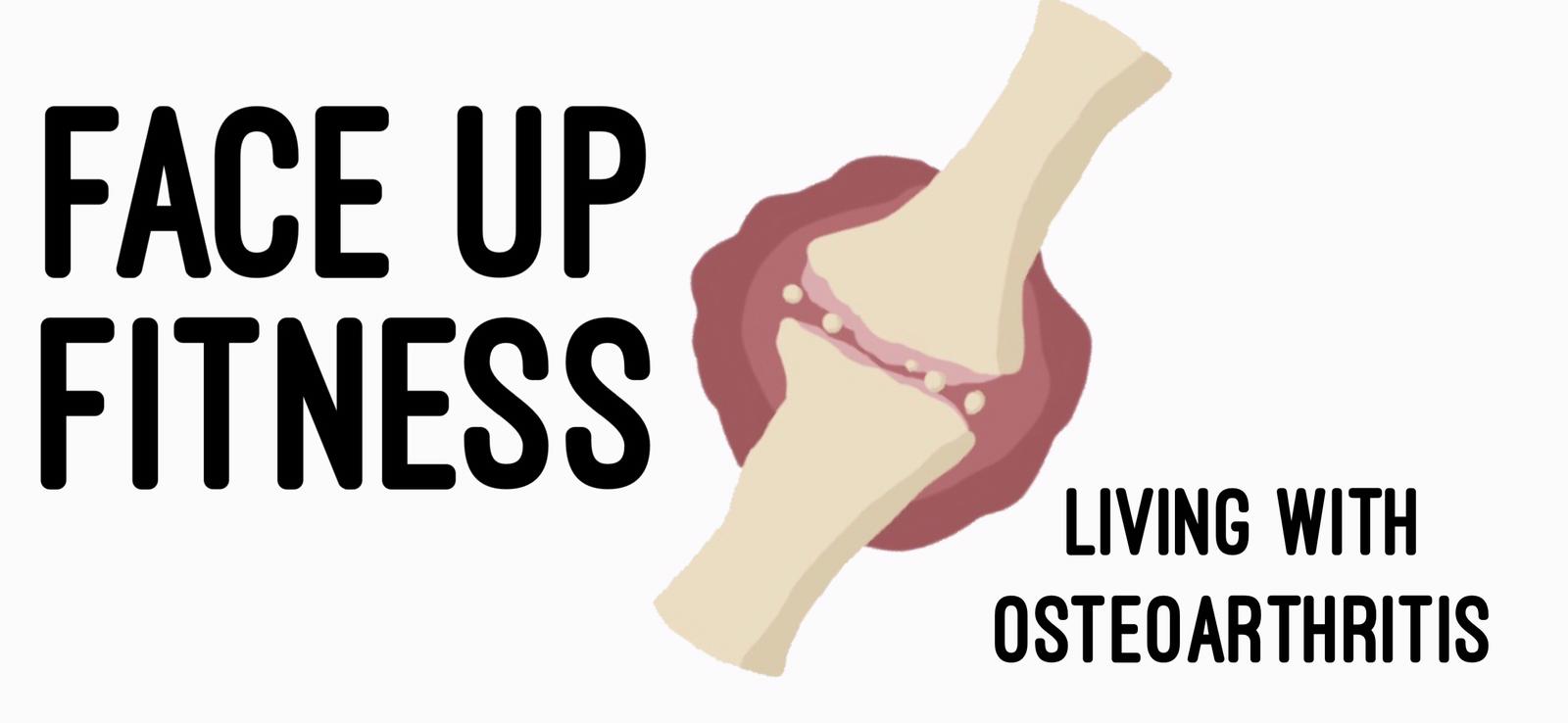Joint replacement is the go-to for treating late stage osteoarthritis. But it isn't the only option available and replacement is not without risk so there is much to consider before making any decision.
There are four stages of osteoarthritis: minor, mild, moderate and severe. In the final stage the cartilage is almost completely gone and the space between the joints significantly reduced. Patients with hip or knee osteoarthritis may find walking difficult and extremely painful.
At this point surgery is often recommended. We might feel compelled to make that choice on the advice of a health professional, and if self managing our arthritic pain has become tough. But there's a lot to consider before plunging ahead.
While hip replacement has a very good track record it can result in
decreased range of movement, as well as leave you with a leg length
differential and other complications. Artificial joints also have a
limited life span - as little as 15 years if unlucky. Then there's the
time it takes to recover from surgery, months rather than weeks.
So what other options are there? Well there are less invasive surgical options including joint resurfacing and anthroscopy though these may not be suitable for severe arthritis cases. There are non surgical options too.
Just over a year ago I was diagnosed with final stage hip osteoarthritis. My surgeon recommended THR (total hip replacement). If I didn't feel quite ready for that, I could have a steroid injection to settle inflammation, though this would offer temporary and limited relief, as multiple injections risk further joint damage. My surgeon limits each of his patients to just two steroid injections in total. This would also add a six month delay to any surgery decision.
Feeling stunned at the prognosis and the options presented, I went back
to physical therapy while I considered the situation. Physiotherapists
often take a different view to surgeons for managing symptoms. A case in
point: in my physio's opinion exercise was still a viable option for
managing my pain, even at this late stage.
Delaying isn't necessarily putting off the inevitable. Research into new arthritis treatments continues to move forward. While developments in regenerative medicine have so far proven disappointing, some of the work has led to encouraging findings for better pain management.
When you think about it pain is the key, for it's pain that stops people from moving, not cartilage degeneration. If we can successfully control the pain without surgery then that's all for the good - and having dodgy joints wouldn't bother me one bit!
Having weighed up the options I decided to go for a steroid injection and further physical therapy. The injection gave welcome pain relief and a chance to rebuild weakened muscle.
But nine months on and the arthritis flare ups have returned. Most likely I pushed too fast and too hard with the rehab.
Today I'm back with the physio and have reduced training and activity
further in attempt to calm the inflammation. I'm also considering a
second (and final) steroid injection, with a less intensive rehab
programme to follow.
Successful rehab is a fine balance of activity and rest. I intend to learn from past mistakes, something I'll need to do if I am to avoid a THR. Late stage osteoarthritis can often mean joint replacement but it doesn't have to.




